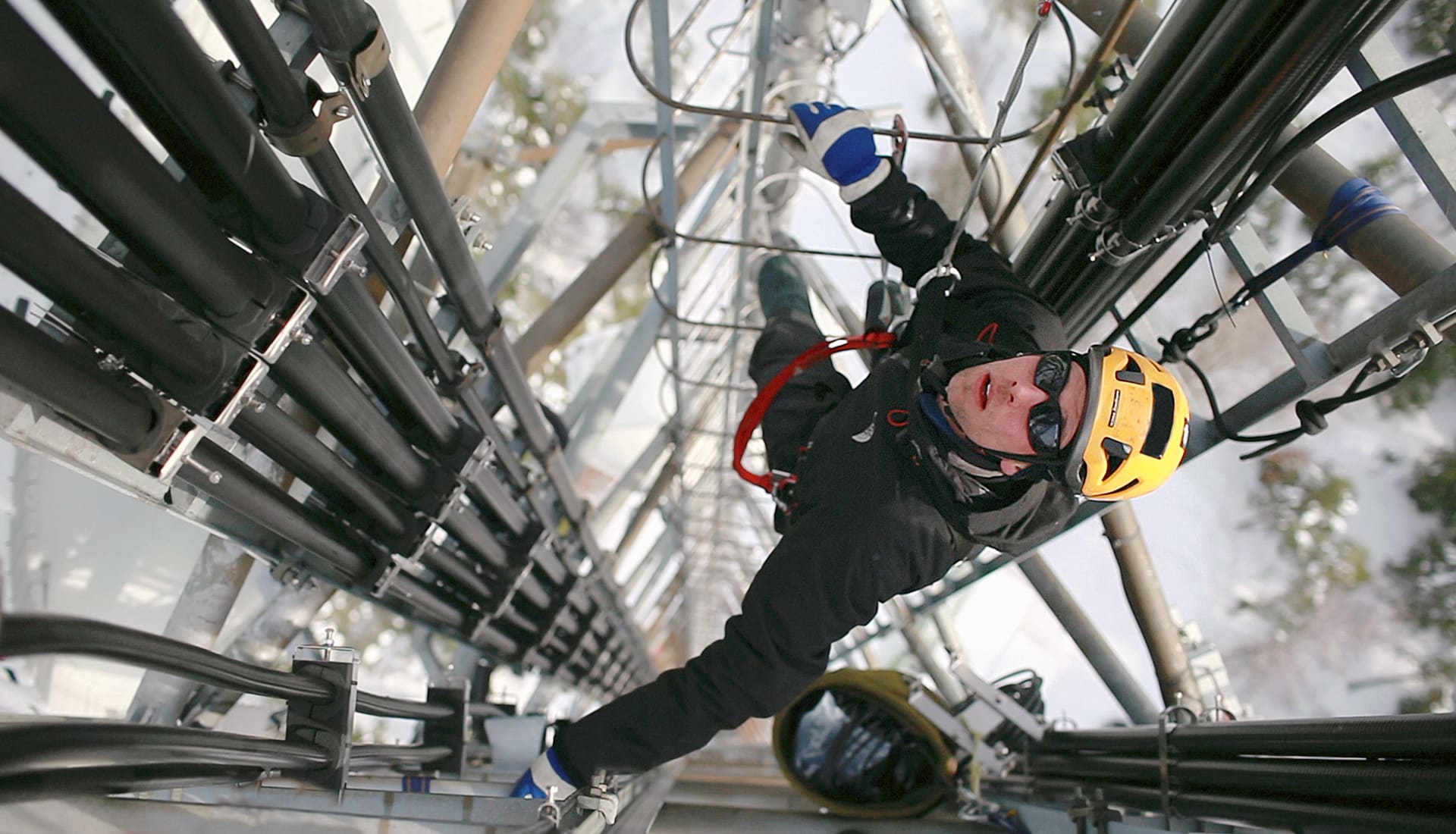What’s new.
Part of a package of reforms aimed at reducing the high rate of workplace injury and death in New Zealand by 25% by 2020, the new legislation introduces several fresh new concepts based on proportionality and what it is reasonable for a business to control.
The Act also brings fundamental change to the way work is managed and executed, creating a shift from simple hazard spotting to managing critical operational risks, and unequivocally shifting the focus of workplace risk management from the physical workplace itself, to how work is done, i.e. the processes. Ensuring the legislation is properly implemented is now even more crucial with increased penalties for non-compliance, and personal liability for directors of companies which fail to demonstrate effective management of risks. A rigorous and systematic approach is required for employers to protect both their employees, and their businesses.
WorkSafe NZ has outlined the characteristics of safe, compliant work practices here. They include:
- safe equipment, machinery and buildings
- safe work practices
- safely used and stored hazardous substances
- adequate facilities and
- well trained, instructed and supervised workers.
How can my business get and stay compliant?
The new legislation places an emphasis on documentation, engagement and review, as well as clear accountability and responsibilities. Here are some aggregated tips:
- Check policies and procedures are in place, up to date and documented. Officers must review them regularly and communicate them to workers effectively.
- Document hazards in the workplace, then ensure those hazards are either eliminated, isolated or minimized - control hazards. This includes how work is done, what is used to do the work, and where the work occurs. This also needs to be regularly reviewed with clear processes and accountabilities when it comes to reporting incidents and hazards.
- Document and report any work related accidents, incidents or near misses that occur, investigate them and put preventative measures in place where possible. This does not just apply to internal processes - serious injuries must be reported to WorkSafe NZ - requiring a process too.
- Effective communication of safety processes and information is emphasised in the new legislation. Businesses must consider how training and induction information is documented, so workers, contractors and volunteer workers know how to work safely.
- Write up emergency procedures for all situations relevant to the business (context). Visual information can be easier to follow and execute in a stressful situation.
Implementing the changes, proactively.
BPM, or Business Process Management is a management discipline which can help employers and leadership teams organize their operational and business processes into a cohesive, understandable whole, supporting transparency and communication.
With the new emphasis on how work is done, along with the requirements that the methods for managing risks be documented, BPM solutions offer many advantages for being proactive and staying compliant. The Signavio Process Editor the BPM tool allows health and safety Officers to work collaboratively with both managers and workers to document how work is being done, quickly receive feedback from the people undertaking the work as to accuracy and feasibility, and publish so everyone involved has access to information on how to work safely.
Like to learn more? contact us here, or give it a try free for 30 days! We’d love to discuss how BPM can help your business be more productive, and more compliant.

